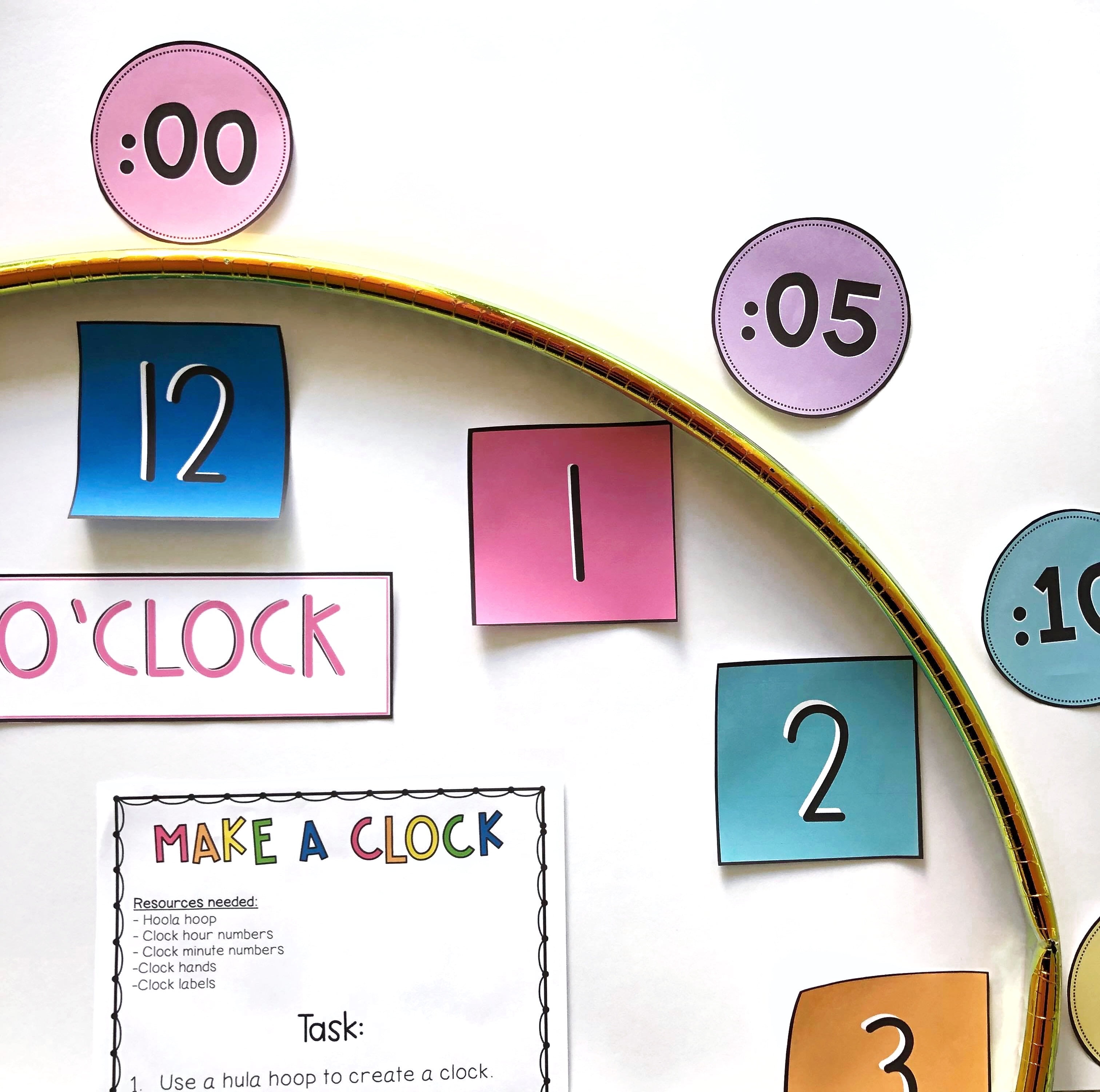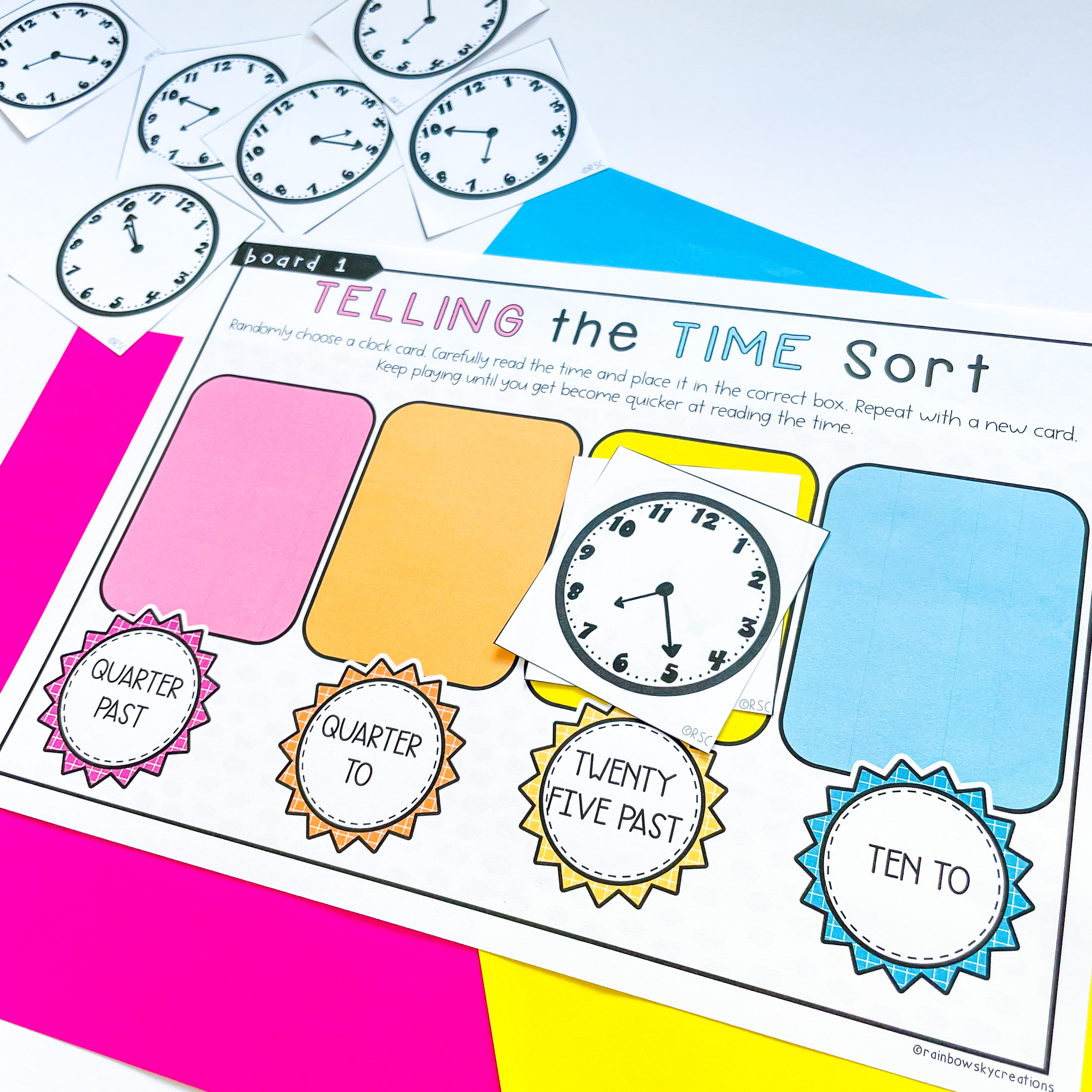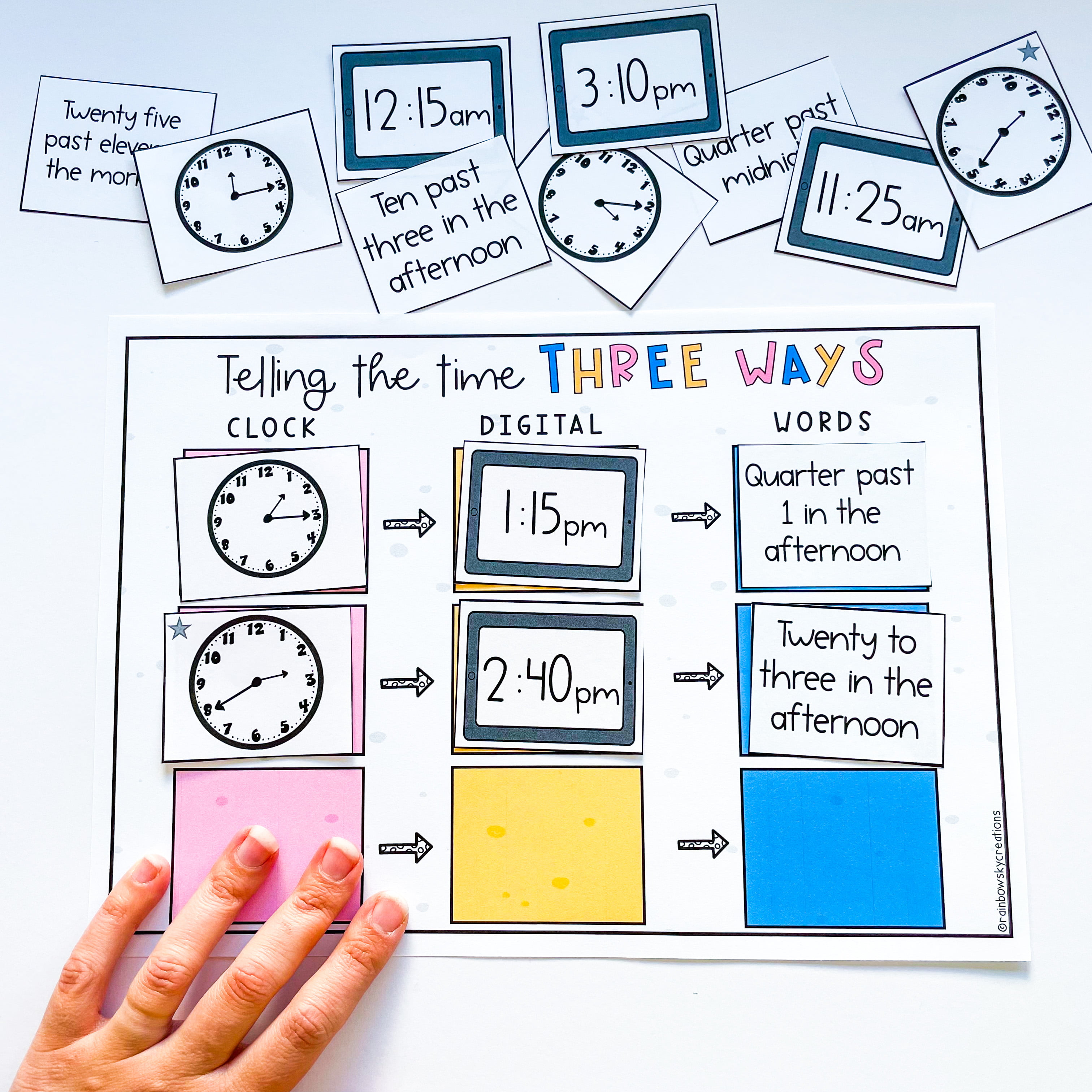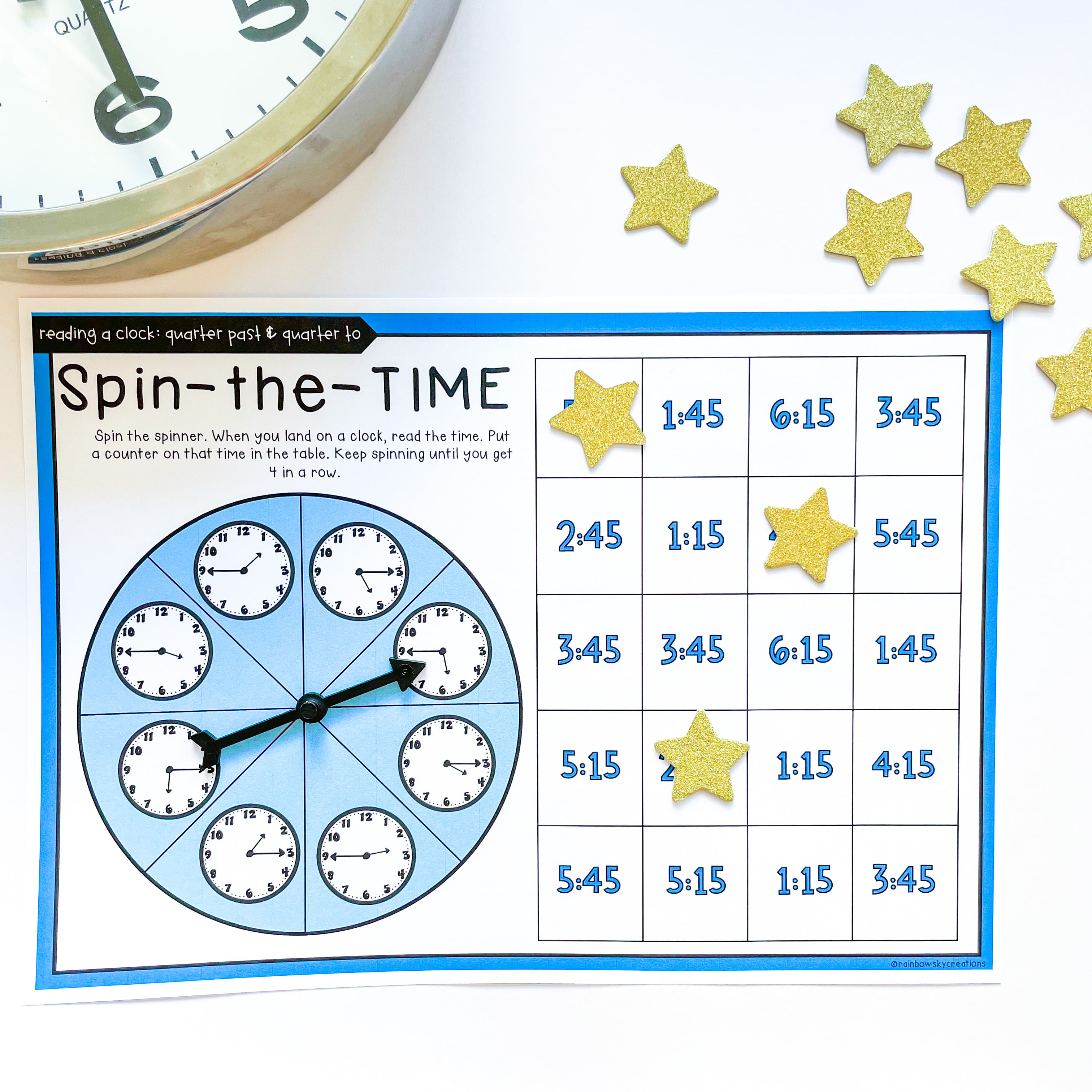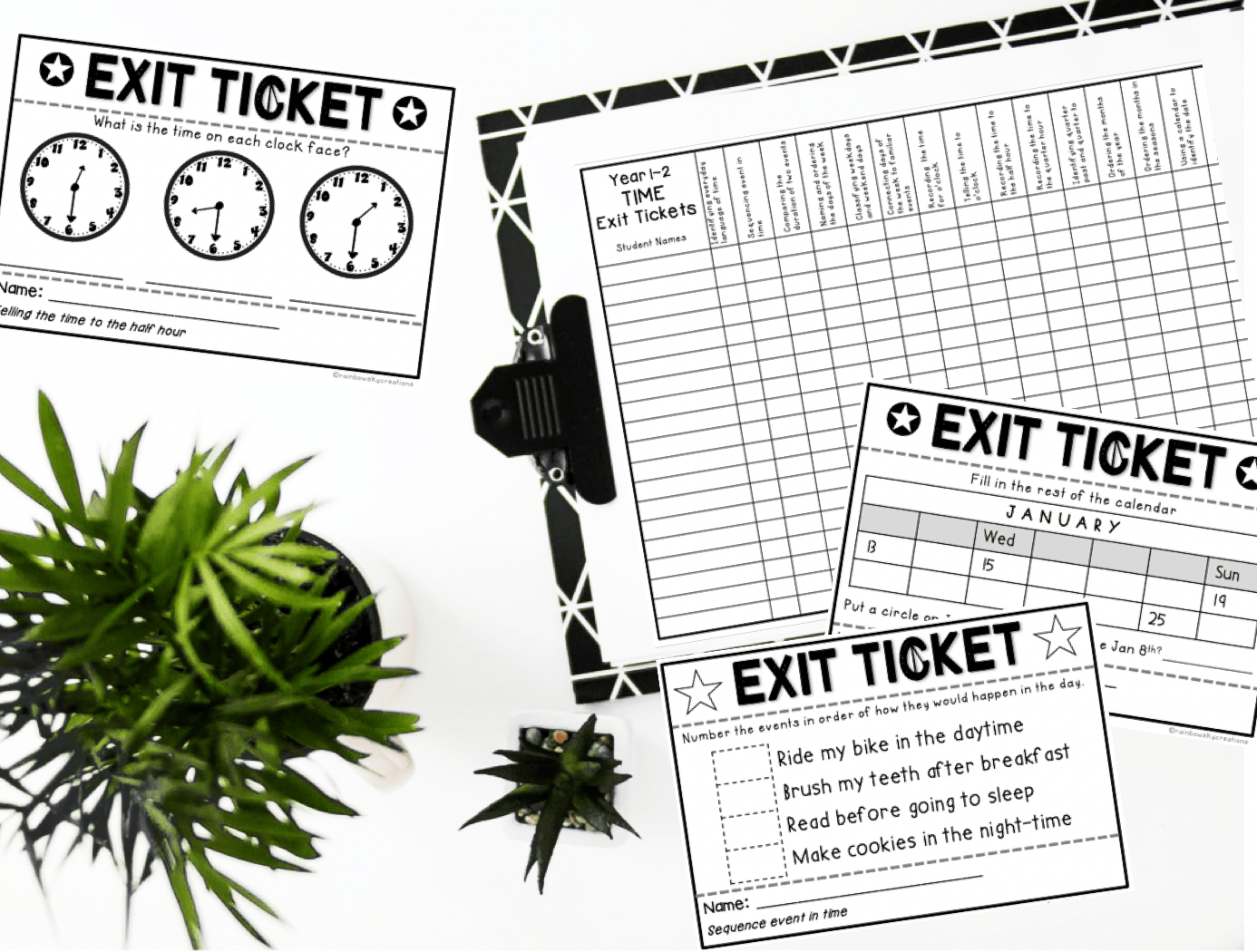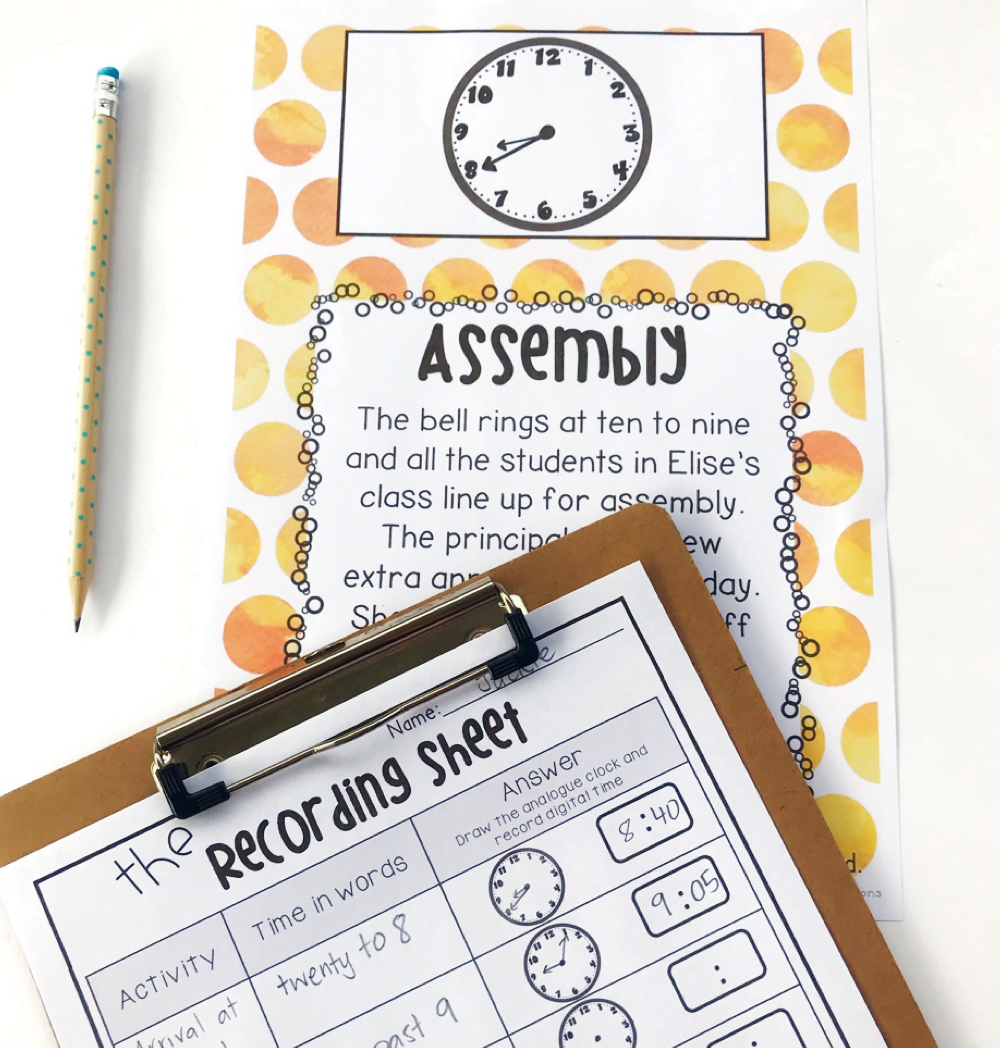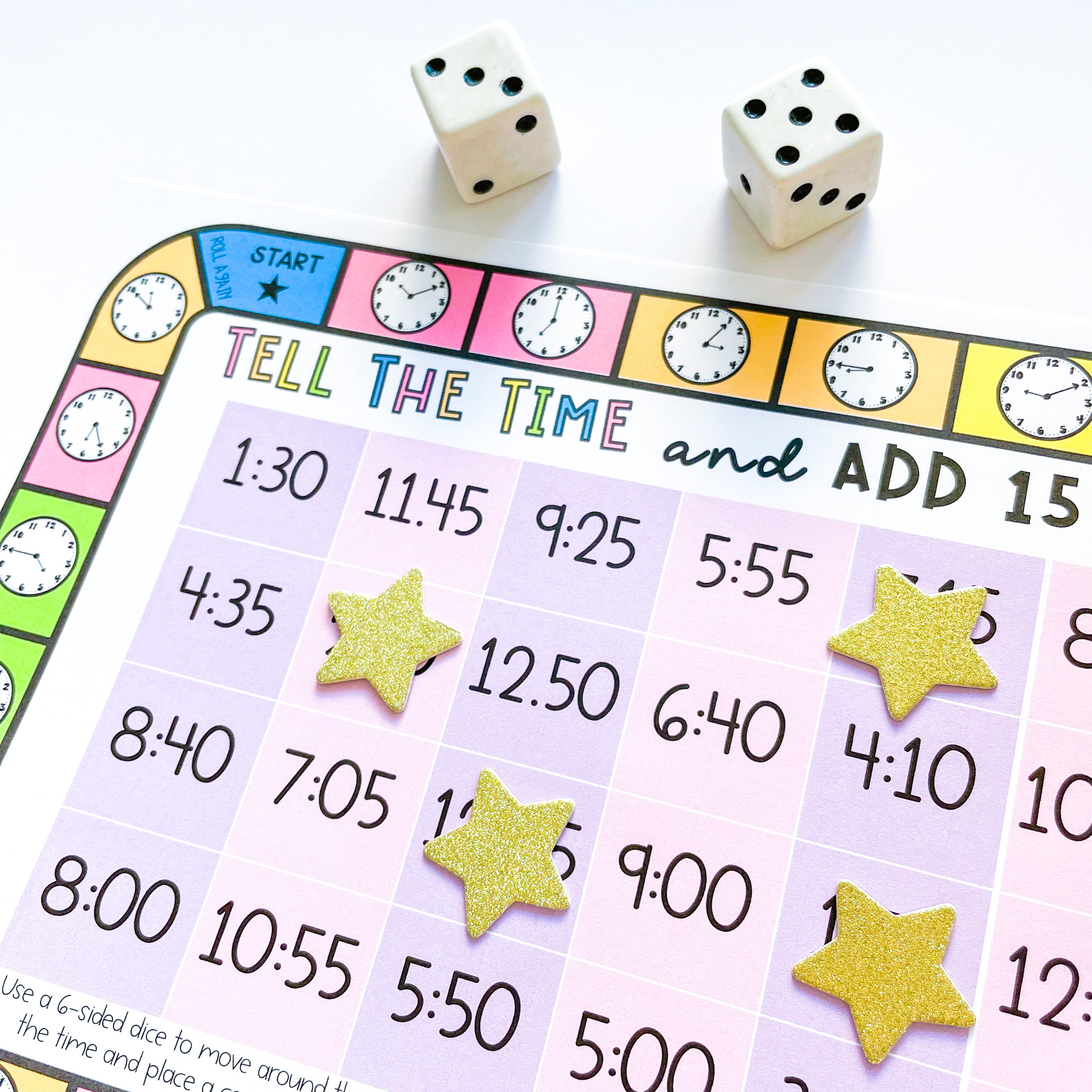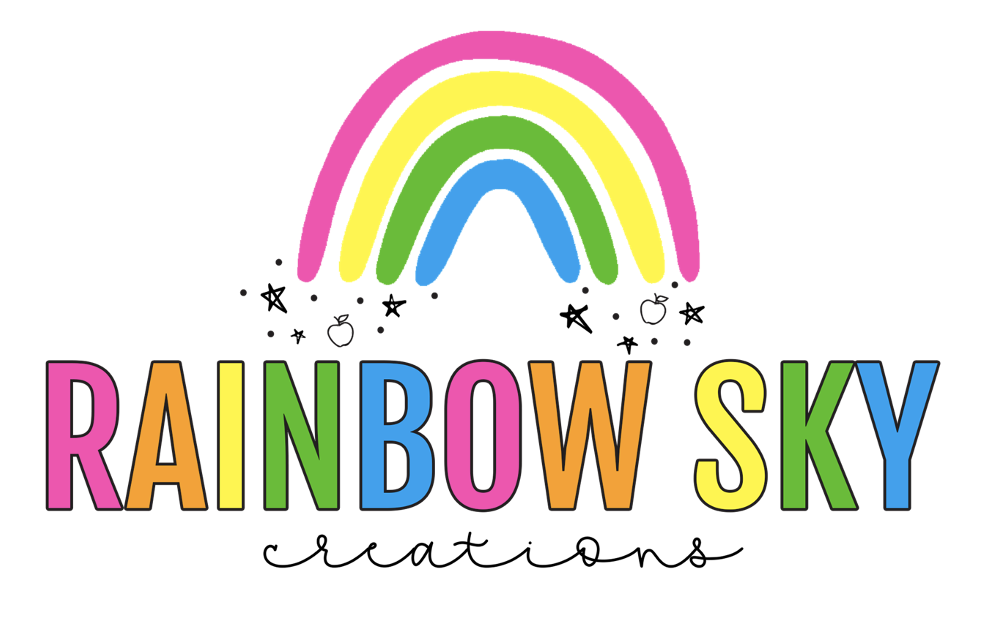Learning to read the time is a life skill that often our students find difficult. Yet this is another Maths skill that can have students thriving and fluent with a few carefully picked activities to help them read an analog clock.
Other maths skills we have written about before include Friends to ten, times table fluency and rounding.
Before we start, we want to make a disclaimer: We know that teaching about time is not limited to reading the time only. For this post, however, we are going to focus on this skill only.
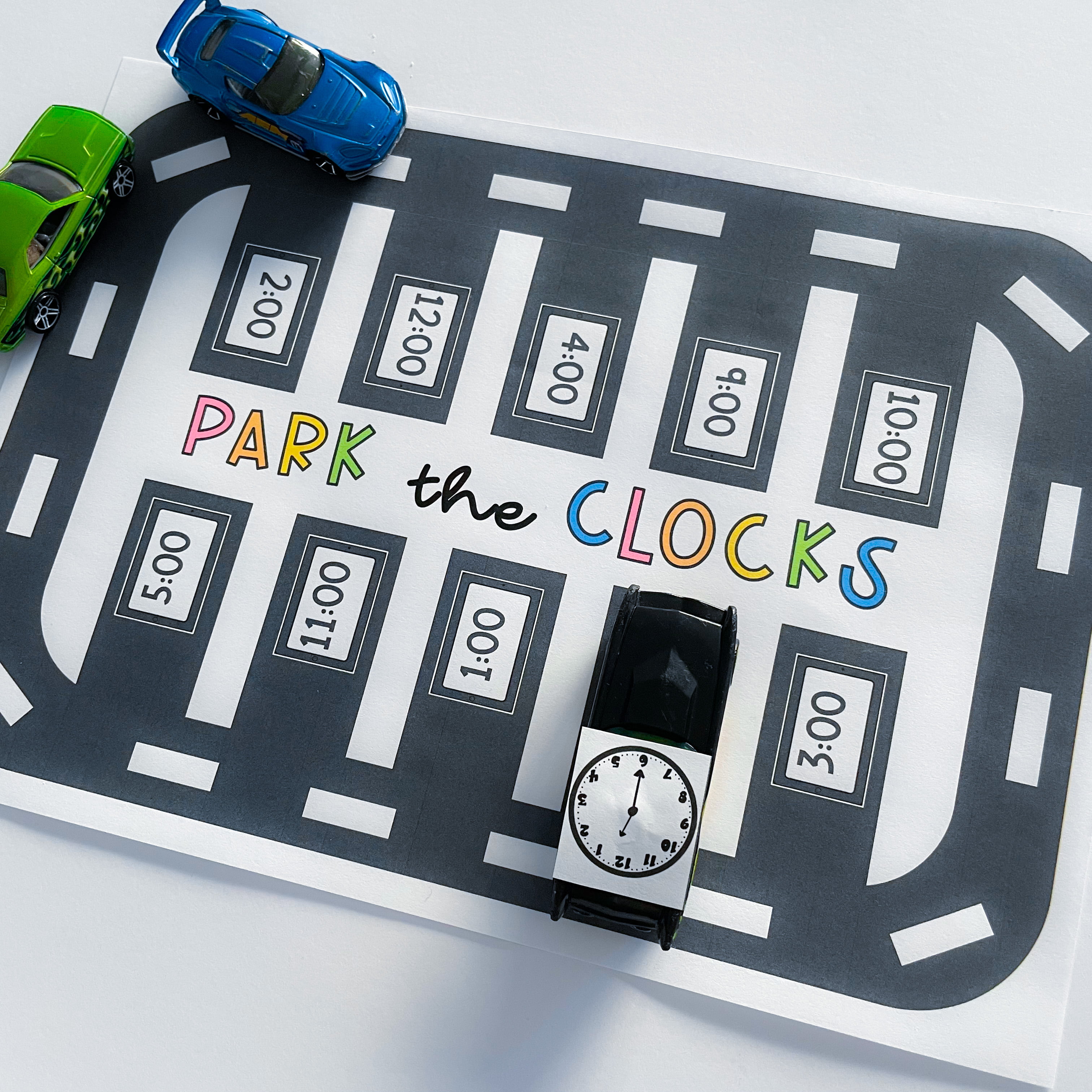
We don’t know about you, but asking students to sit and draw a million clock faces and then record given times isn’t really inspiring; in fact, it is boring. And boring doesn’t make for great learning experiences. Don’t worry! We are here to turn this around. By the end of this post, you will have a whole bag of tricks and ideas to teach telling time in a fun way (that doesn’t involve drawing a single clock!)
So what is our aim of sharing these following activity ideas with you? We want to help you build your students proficiency, fluency, and confidence with this life skill, and have fun while doing it! So let’s dive into the good stuff:
Activity 1: Make a clock
In this activity, we suggest using a hula hoop, paddle pop sticks to represent each minute, and some number cards for students to create their own clocks.
Alternatively, students connect 5 unifix/multilink blocks to represent 5 minutes if you don’t have access to hula hoops. Students will need 12 sets of 5 blocks to create a clock face.
This is an excellent group task or pretest to see where students are at. Do they know what a clock looks like and how to recreate one? Can they read a range of times, or are they still set at o’clock and half past? Can they differentiate between the hour and minute hand? This task can give you a lot of information while the kids are investigating, problem-solving and creating.
Activity 2: Read and Sort
We build fluency by repeating a skill over and over. Give students a range of clocks to read (keep it to their level of learning). Ask them to not only read the time but then sort it into categories. It might be o’clock and half past OR twenty past and twenty to (depending on the age and competency of your students).
You could even extend this task by exploring 24 hour time and asking students to sort according to AM or PM.
Activity 3: Link it to what they hear in the real world
We call this task ‘Three Ways’ because when we are out in the world, we often hear and see the time in different variations: The analog clock, the digital clock and the spoken time.
This type of task allows students to make connections with these different ways of telling or reading the time. It also forces them not to rely on whatever way they are most comfortable with (which is usually reading the digital time).
This activity also allows you to introduce the concept of am and pm and how that changes when people verbalise the time.
Activity 4: Spinner games
These are awesome for proficiency and fluency alike. If students are not confident, ask them to work in pairs and help each other. Playing a spinner game is a way to get kids reading lots of clocks in the disguise of a fun game.
Teacher Tip: We recommend you don’t laminate games like this; that way, when you are finished with them in class, you can send them home with students that still need additional support and practise.
Activity 5: Daily Exit tickets
Reading the time is a skill that really needs to be worked on repeatedly. Once you have taught your unit on time, some students might still need regular reinforcement of what they have learned.
Why not try using time exit tickets as a quick warmup at the beginning of your Maths lesson or even as a way to enter or exit the classroom before/after break times (it doesn’t need to fit neatly in Maths time).
Psst: One great thing about exit tickets is that you have the opportunity to differentiate the tickets for your students.
Activity 6: Investigations
Have you ever tried presenting problem-solving as an investigation?
We like to do this by pinning problems around the classroom for students to move around and work together to solve. It is another fun way to get them moving and reasoning using mathematical language with each other.
Investigations can simply be problems for students to solve. Or you can take it to the next level and get them to scan a QR code to check if they have reached the correct answer.
We actually set up our investigations in a loop with the answer on the top of the following problem to solve. So students solve the problem and then go hunting for the answer. When they find the one that matches the answer they are looking for, they begin solving the new problem underneath (if they cannot find the answer, this indicates to the student they have made a mistake).
Activity 7: Time board games
The trusty board game can be adapted for any skill, such as reading the time. You could easily create something like this yourself, and if you teach older students, you could even integrate elapsed time by asking students to read the time and add 10,15, 30 mins etc.
Board games are one of our go-to activities to have for fast finishers. They provide something that is curriculum aligned and focused on what we are teaching as well as an activity that kids really enjoy.
Are you excited to try any of these activities with your students?
If you love the thought of these games and activities but feel a little time poor (what teacher isn’t time poor?!) – then we have created print and go packs ready for you.
Click on your grade level below:
Kindergarten
Grade 1-2
Grade 3-4
Want to save these ideas for later? Pin this image:
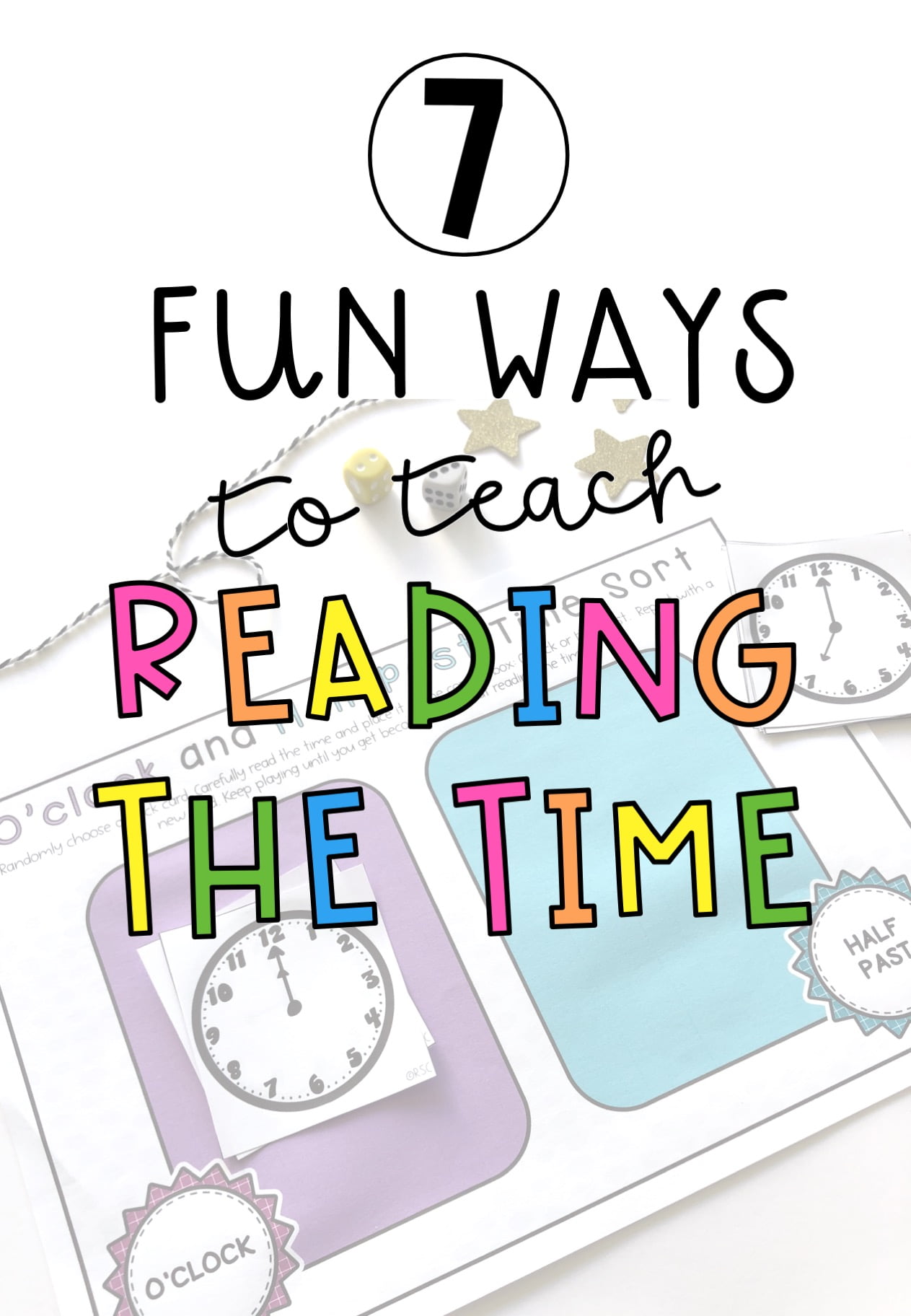
What to read next:
How to run your Maths Groups with SUCCESS
10 Reasons why we LOVE Maths Groups
8 creative ways to use Building Blocks in your Maths lessons
